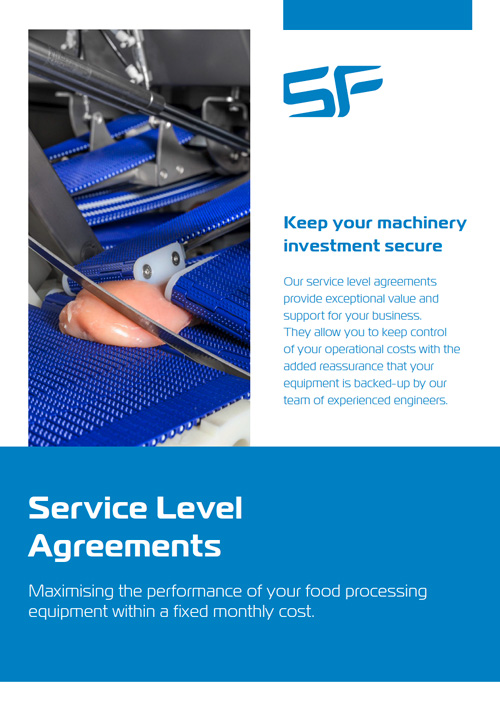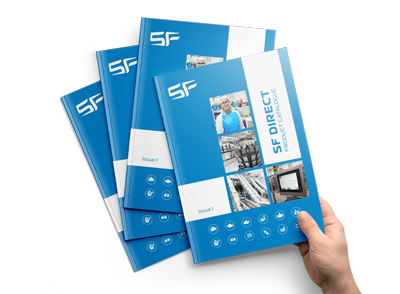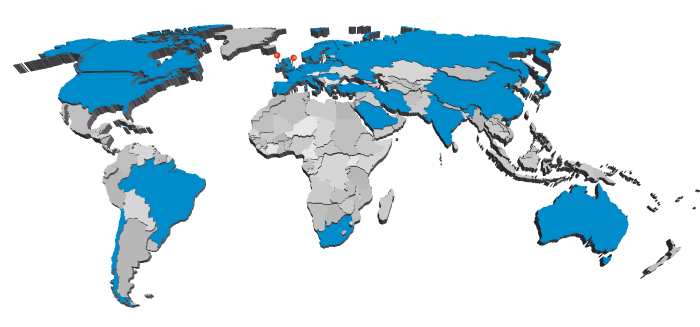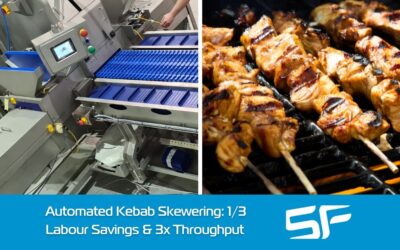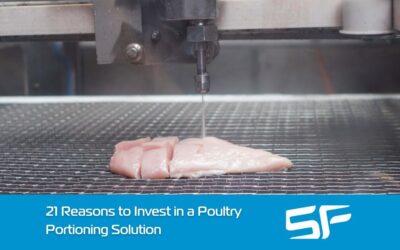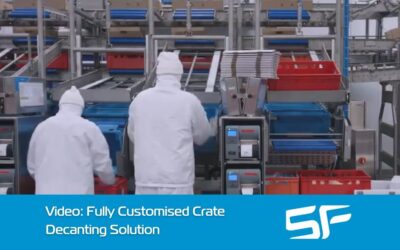8 Considerations When Calculating the Total Cost of Ownership of Your Food Processing Machinery
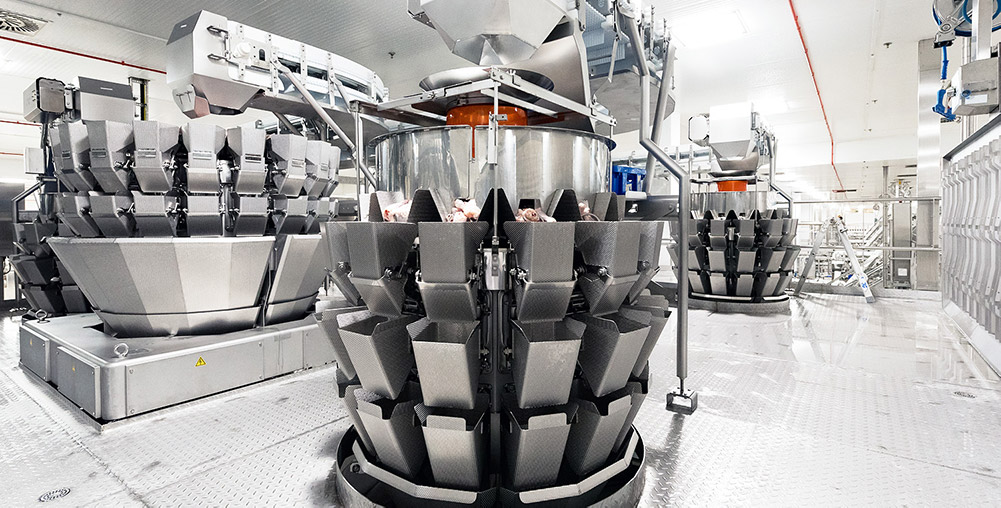
When deciding whether to invest in new food processing equipment, calculating the total cost of ownership is extremely important and hugely beneficial. In addition to the initial purchase price, it is important to consider all the direct and indirect costs associated with the machinery over its lifecycle.
This article details 8 factors that should be considered when evaluating the total cost of ownership of food processing machinery to help processors gauge the viability of any investment.
-
Running Costs
The annual running cost of your new machinery must be taken into account and is based on power and running times. Additionally, if a machine requires water or compressed air, the cost of supplying these should be included too. Be aware that running costs and uptime include maintenance and sanitation requirements. A processing line or piece of equipment which requires frequent washdowns, caustic cleaning solutions and arduous cleaning techniques can result in more downtime and increase the need for maintenance.
-
Service Costs and Spare Parts
Service and spare part costs can vary, depending on the equipment and its usage. Regular preventive maintenance helps maximise a machine’s lifespan by identifying parts due for replacement. These regular maintenance checks not only provide reassurance of continued machinery performance, they also provide an opportunity for new software updates, safety systems to be reviewed, checking of electrical and mechanical guarding as well as the opportunity for operators and maintenance personnel training.
-
Technology and Performance
The technology of your new machinery or processing line is where the value of an investment can really pay off, so it’s important to determine how accurate and reliable it is. Where possible, conducting product trials can be a useful exercise in order to determine the rate of pay-back. It is also worth considering: Will the technology help to reduce dependency on skilled labour? Will the machinery replace the need for multiple manual operators? Will the equipment eliminate guess work and increase yield or pack presentation?
-
Ease of Use
Ease of use impacts on the cost of food industry equipment, especially in harsh environments where sanitation is crucial. By making systems easier for operators to use and clean, labour hours can be reduced, thus contributing to total cost of ownership goals. User-friendly features can include touchscreen-operated systems and auto-learn routines, simple machine disassembly and reassembly greatly reduces maintenance and cleaning time, while a machine designed for unobstructed sightlines allows operators to clearly supervise, clean and maintain devices.
-
Downtime Risks
A change of parts or altering a machine’s software set-up when switching products can play into critical production minutes. Some machines allow operators to troubleshoot themselves, while others come with operational sensitivities that require constant maintenance intervention, service or technical support. Ensuring that your machinery is fully supported and genuine spare parts are easily available, will reduce unnecessary downtime.
-
Engineering Quality
It’s important to check that new pieces of equipment and processing lines are engineered to a high standard to prevent microbiological and foreign body contamination. Factors to consider include: Are surfaces prone to bacteria collection and growth? Has it been engineered with sloped surfaces to allow easy drainage during cleaning? How secure are components which are needed to survive long term in the processing or production environments? Equipment that is engineered to ease maintenance and sanitation issues will inevitably lower the total cost of ownership by promoting a faster turnaround during wash-downs and audits.
-
Life Expectancy
Machines built with robust components are designed for longevity. Equipment and machinery for the food processing industry are constructed with a specific processing or manufacturing environment in mind in order to meet strict regulations. Ensuring your new investment can withstand challenges in those environments and achieve more effective and often faster operation and sanitation will help minimise downtime and boost overall efficiency. When considering total cost of ownership, it’s important to consider the machinery life expectancy, as well as other wear parts.
-
Future Proofing
Future proofing your new machinery is vital. It is important to ascertain whether today’s line speeds will increase over the coming years due to advances in processing equipment. If the answer’s likely to be yes, thought should be given to the current speed accuracies of the system, and whether the software has the flexibility to cope with higher production volumes in the future.
Take the guesswork out of your processing operations
Our wealth of knowledge across the food processing industry has proven to be the reason why customers continually return for consultancy advice and support.
